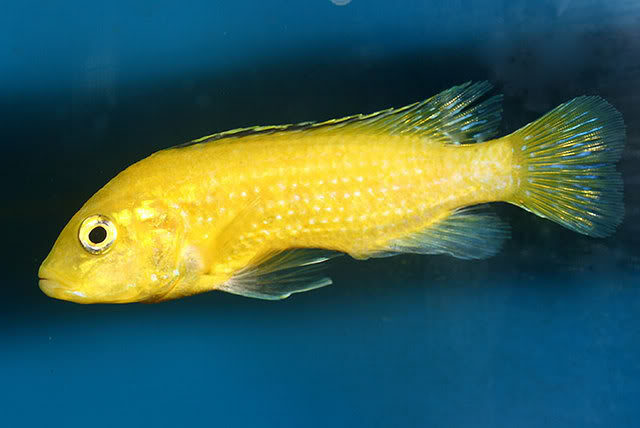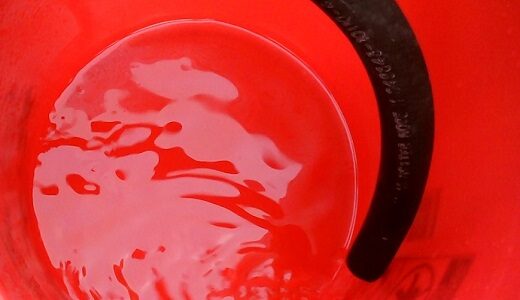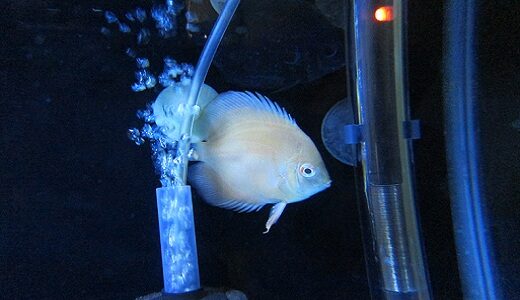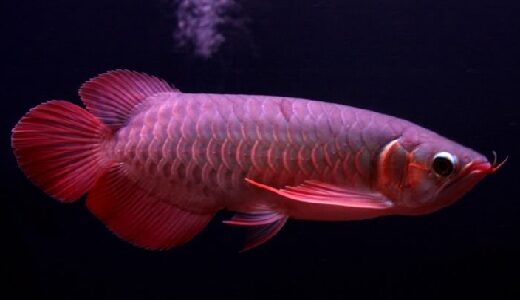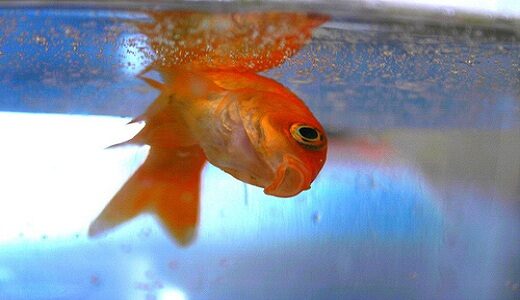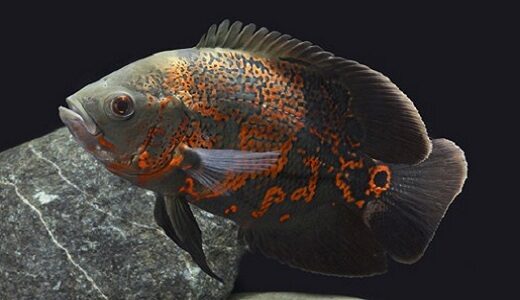|
Listen:
Getting your Trinity Audio player ready...
|
Most medication for treating internal parasites is added directly to the water column but it can be more effective when mixed with food and eaten by the fish. When consumed the medicated food gets to the source of the problem, the intestines, at a much higher concentration. While there are some medicated fish foods available on the market they can be difficult to find and very expensive.
One of the most important and overlooked factors of maintaining a healthy aquarium is the routine partial water change. Most aquarists know they should do water changes, but not everyone has a fixed schedule of when and how much water should be replaced.
A very important but often overlooked piece of equipment for any serious fish keeper is the quarantine tank. Its purpose is to allow for monitoring of new stock for any health issues before being released into your main tank and for isolation of sick fish if disease breaks out in your main tank. That being said ideally you should keep the setup as simple as possible.
Arowana are in my opinion one of the most amazing tropical fish to keep. The key factors to getting the most out of this magnificent fish are a big tank, very stable water conditions, and proper nutrition.
Most Arowana are fed on feeder fish when they are young and never become accustomed to processed food. The problem with live food is that it is expensive, can be hard to find, and is usually not kept in the best of conditions, which can cause your prized Arowana to become infected with disease or parasites.
Aquarium Cycling or New Tank Syndrome as it is commonly called is a process of building up a colony of beneficial bacteria that will break toxic fish waste down into substances that are less harmful to your fish. Cycling a new fishtank usually takes from six to eight weeks to complete. Failure to understand this process is a major contributing factor to the loss of fish.
The Tiger Oscar (also known as the Marble Cichlid or the Velvet Cichlid) is one of the more popular aquarium cichlids. They originate from South America and have the closest resemblance to wild Oscars out of all the selectively bred Oscar variants.
